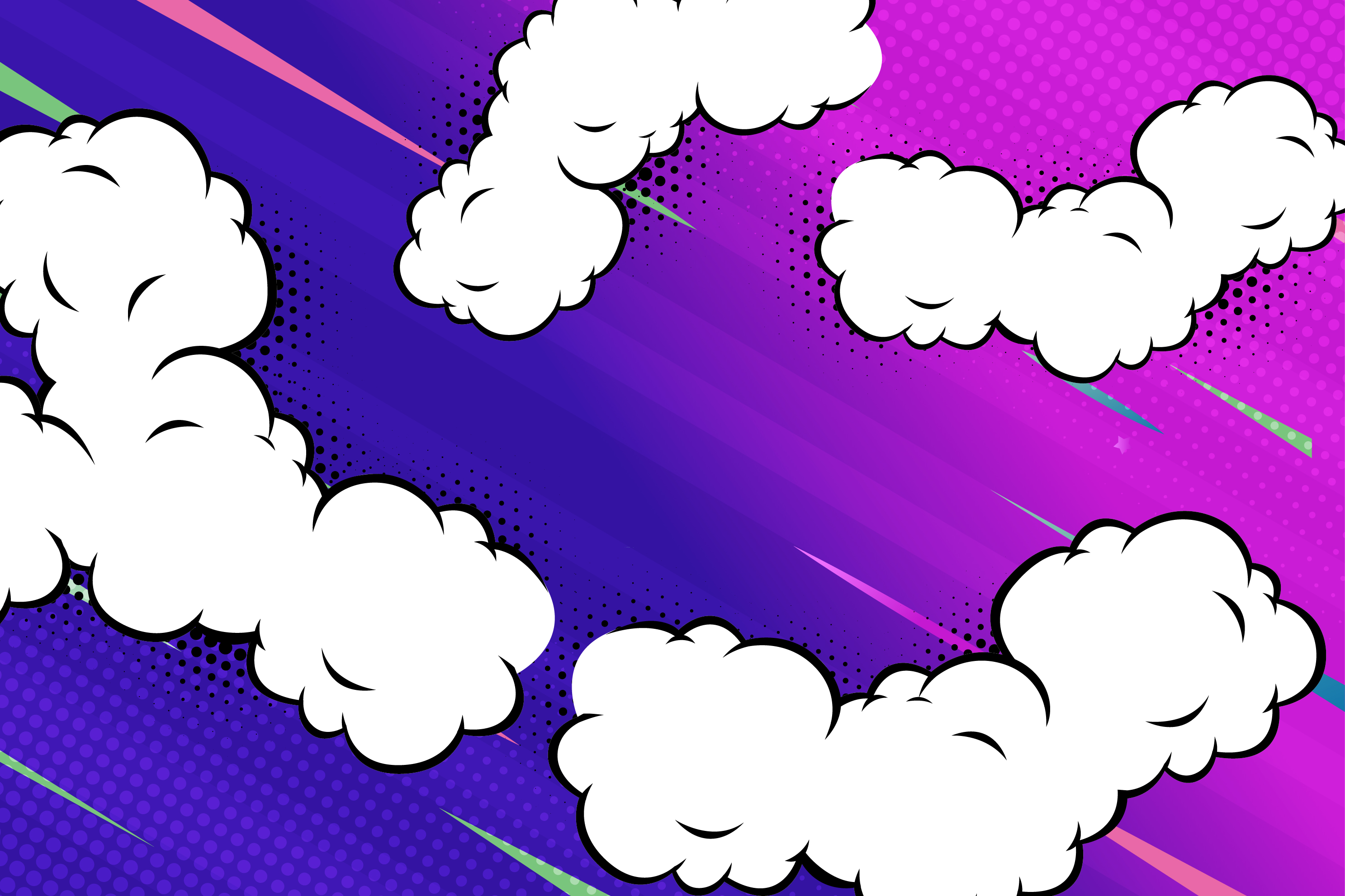
Cholecystectomy

Summary
Your gallbladder is a pear-shaped organ under your liver. It stores bile, a fluid made by your liver to digest fat. As your stomach and intestines digest food, your gallbladder releases bile through a tube called the common bile duct. The duct connects your gallbladder and liver to your small intestine.
Your gallbladder is most likely to give you trouble if something blocks the flow of bile through the bile ducts. That is usually a gallstone. Gallstones form when substances in bile harden. Rarely, you can also get cancer in your gallbladder.
Many gallbladder problems get better with removal of the gallbladder. Fortunately, you can live without a gallbladder. Bile has other ways of reaching your small intestine.
Source: MedlinePlus, National Library of Medicine.
Information pulled from the Gallbladder Diseases page.
MedlinePlus brings together authoritative health information from the National Library of Medicine (NLM), the National Institutes of Health (NIH), and other government agencies and health-related organizations.
Biliary Tract Disorders, Gallbladder Disorders, and Gallstone Pancreatitis
American College of Gastroenterology
Overview of Gallbladder and Bile Duct Disorders
Merck & Co., Inc.
Abdominal Ultrasound
Radiological Society of North America
ERCP (Endoscopic Retrograde Cholangiopancreatography)
National Institute of Diabetes and Digestive and Kidney Diseases
Hepatobiliary Nuclear Medicine
Radiological Society of North America
Laparoscopy
National Library of Medicine
Understanding EUS (Endoscopic Ultrasonography)
American Society for Gastrointestinal Endoscopy
Gallbladder Removal: Laparoscopic Method
American Academy of Family Physicians
Understanding ERCP (Endoscopic Retrograde Cholangiopancreatography)
American Society for Gastrointestinal Endoscopy
Listen to our
latest Podcast!



